| This is a Ryan Firebee which I suspect is used as a target plane
since it doesn't look big enough for anything else. |  |
 | This is a Northrop
Grumann Global Hawk which looks like it is a reconnaissance drone with all
the cameras at the front. |
| This exhibit is a tomahawk missile of the type used in the Gulf
war. It is a slow speed missile with a terrain-following guidance system.
They are supposedly very accurate at hitting targets. Shame we aren't better
at finding the right targets. | 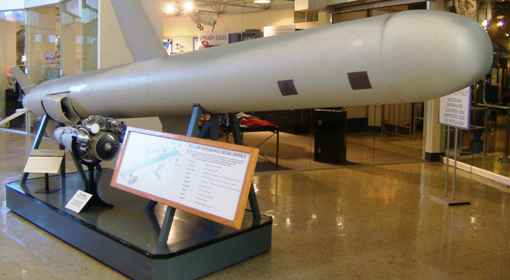 |
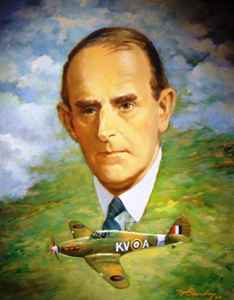 | There is an
extensive aviation hall of fame with pictures of famous people in aviation
history. This is Sir Sidney Camm who designed the Hurricane in 1935. He went
on to design the Typhoon, Tempest and Sea Fury aircraft which ultimately led
to the modern day Harrier jump-jet (which the US marines still can't fly). |
| This is Reginald Joseph Mitchell who designed the Spitfire, the
most famous UK aircraft in WWII. Unfortunately he died in 1937. There are
many other names on display from historic figures who discovered the first
physical principles of flight to modern aviation entrepreneurs. | 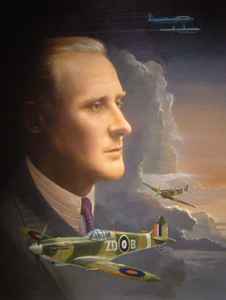 |
 | This is a model of
the first attempts at man-powered flight. The theory may have been good but
it was over 100 years before it was achieved. |
| One of the most famous WWI aircraft was the German Fokker
Triplane made famous by Baron Von Richofen (the Red Baron). This is a
working facsimile. | 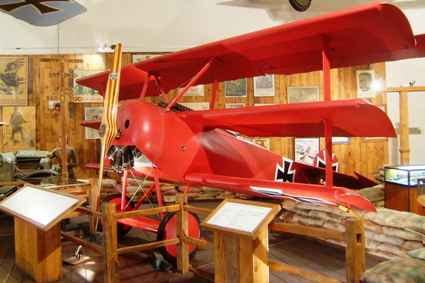 |
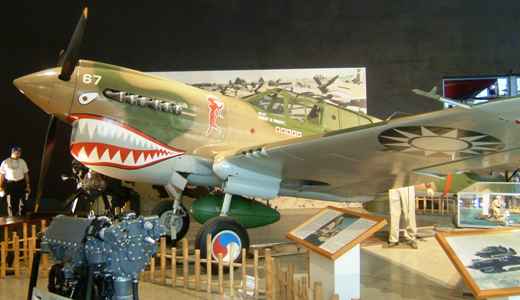 | I think this is a
Curtiss Warhawk as flown by the US late in WWII and possibly Korea. |
| San Diego is a naval town and the base for many aircraft carriers
over the years. This is an early WWII carrier from before they developed
angled decks. Naval aviation exhibits feature strongly in the museum. | 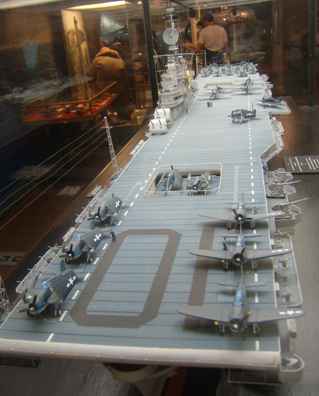 |
 | This cutaway Pratt
and Whitney radial engine from 1950 was used to power some of the last
piston-engined strategic bombers. |
| This is a Douglas A4B Skyhawk which was one of the mainstays of
the carrier-based squadrons which flew in the Vietnam war. |  |
 | This is the Apollo 9
command model (Gumdrop). We have now seen several of the Apollo modules in
the museums we have visited. |
| There are several generations of space suits on display of which
this is the most recent. It was worn by William Anders on Apollo 8. |  |
|